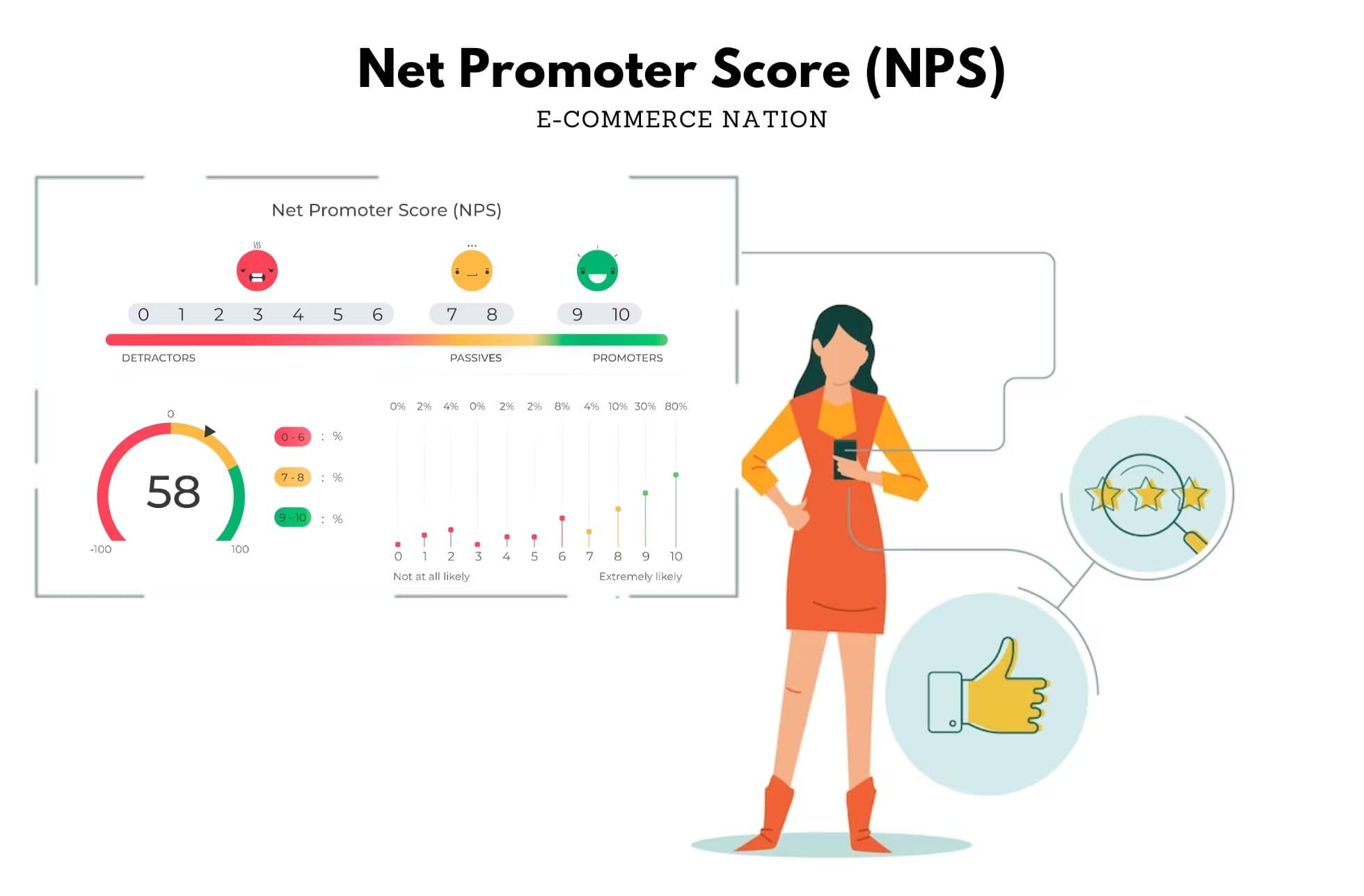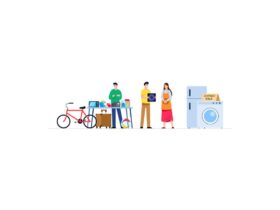It is important to ensure that any website offers a unique, user-friendly experience. Due to the stresses of day to day life, it can be difficult to find the time in which to ensure that your website fits the criteria. There are a few simple steps that you can take to make sure the site appeals to customers whilst working quickly and efficiently. We have thought of a few, here are 5 quick and easy hacks to improve the user experience on your website.
1. Be mobile friendly to improve user experience
Whether it’s on the train to work or at home on the sofa, most people use smartphones and tablets on a daily basis making them an important platform on which to work on. If people want information they want to be able to search for it there and then, they won’t want to wait until they can get on a computer. Different platforms should be available for mobile and tablets, the screens are smaller so the content will need to change in size and layout to ensure easy access.
In reality, if you are not optimised for mobile currently, you are probably already losing out traffic. According to studies, a massive 57% of mobile users will bounce from your site if it takes more than 3 seconds to load.
Mobile users have very different objectives than desktop visitors. They are looking for information and they want it now; easy, fast, digestible and bite-size information. It is important to check that the layout of your desktop site is also friendly on mobile. If people have to pinch and zoom or squint at tiny type, chances are they are not going to stick around. Provide your mobile visitors with an appropriate and intuitive user experience and you will be able to engage visitors for longer and drive more of them to stay on your site.
2. Make your site social
Social media is an important part of the day to day life; it’s on every phone, tablet and every computer. Used as an advertising platform social media can target a wide variety of customers. It’s easy to make your mark in social media, design a twitter or Facebook page where you can boast your achievements and advertise your business. When your site is social it will allow customers to share information with followers about your business and can also be a great way to get feedback.
Social media allows a flow of communication with followers; it is great for giving off an approachable vibe and gives your readers or followers a way to contact you. If you have Twitter, Facebook and other social media links within your site, you are bound to get more engagement through these platforms.
It is also a great way to get keyword links onto your site, contributing to help you to move up the search engine results. You can also use it the other way round in order to market your website on social media. Putting links to your website from social media is just as effective as putting links to social media from your website, use both together for the best possible results.
3. Break up the text
It’s more aesthetically pleasing to see text broken up with images, videos and links. You don’t want to overwhelm your customers. There’s no point in having a site that is heavily text-based, people need to have small breaks when reading. This is also important on mobile and tablet platforms of your site. They will need to be spaced out evenly; some people struggle to click the right thing when the buttons are so close together. Images and videos tend to draw people in; if it’s a product they are going to want to see what it is their buying.
Thanks to modern technology and fast easy access to mobile and tablet devices, long attention spans are a thing of the past. On average, people only actually read 28% of the text on a page. That can sound disheartening, especially if you have spent hours writing engaging and enticing content. The reality of it is, the majority of people will not read the whole thing.
There is an argument to say that now, with SEO, you are not really writing for the people anymore, you are writing for a robot. This robot is the almighty Google, who ranks your site based on your content, so it is still extremely important, but robots don’t care about creativity, robots are looking for keywords.
The takeaway here is that content is still extremely important, but more so for Google rather than your visitors. Visitors will only actually read under half of the content on a page, so as long as you are positive that all of the content is informative and useful, you know that they will get from it the majority of what you want them too. If there are important messages you want to give out, you can use images, videos and infographics instead to help those with impatience and short attention spans.
4. Ensure that it’s easy to navigate
People want to be able to find things easily, if they can’t they will leave your site and go to one that’s more user-friendly. Your site’s traffic will drastically improve by making it easy to navigate as those who do visit will find it easier to find what they want. People generally lead busy lives, so ensuring your sites easy to use allows them to get what they need in a timely manner.
Organised and easy to follow navigation system will ultimately give increased visit duration and decrease the bounce rate. It will encourage visitors to explore and discover things and make it a smooth and easy user experience. If they cannot navigate easily, they are not going to want to take the time to dig through your website in difficulty and they will just bounce. A good navigation is a useful and strategic way to boost website design, page visits and to improve user experience.
5. Improve your site’s speed
As I’ve already said, people don’t have all day to find something on your site. They can have limited time and very little patience, so enhancing your sites speed will allow for more visitors to find what they need without waiting. It can also allow your site to look better, if it loads fast then it shows that someone has taken the time to ensure that it’s user-friendly.
In the world of the web, speed really is a killer and it’s not just the visitors who have noticed, Google has said on record that speed is a ranking factor. In the past, the speed of a site has often been overlooked and design elements took priority. Now it is about finding that balance between an aesthetically pleasing site and a fast one too. It is possible to have both; you just have to balance it right.
Whether it’s your sites speed or the platforms it’s advertised on, you can improve your site by following these quick and easy steps. It will not only benefit your site’s traffic but also your business in general.





